the road to recovery
Disclaimer: Only for fair use for educational purposes and illustration. We do not own the copyright to this video.
Introduction
Addiction to alcohol or drugs affects individuals in fundamental ways. It changes the individual’s mind and body, their sense of personhood and identity, their physical, mental, and emotional landscapes and wellbeing, their relationships with family and friends, and their professional and public lives.
Addicted individuals lose aspects of their lives in increments. First they lose their personal identities to assume the identity of addict. Then they gradually lose their physical wellbeing. When addictions grow in severity, they can wreak havoc on a person’s relationships. During addiction, the quality of life of individuals plummets. Those wrestling with addiction gradually detach from their responsibilities and engagements in the wider world and sink into their own interiority.

Quality Of Life Defined
Quality of life in layperson’s terms is easily understood as a positive state when every aspect of a person’s life is going well and future goals and dreams seem achievable. In this state, people are satisfied or happy with their lives and optimistic about attaining their goals and dreams.
Maslow's Hierarchy of Needs
One of the earlier organized theories related to quality of life was posited by psychologist Abraham Maslow in his Hierarchy of Human Needs. This motivational theory is rendered as a five-tier pyramid, with quality of life improvements as each level of needs is met and one graduates to the next level.
At the bottom of the pyramid are basic needs or physiological needs that must be met for a minimum acceptable quality of life. These include food, clothing, shelter, and security. The next level of needs are psychological needs such as intimate relationships, family, and friendships that give a person consolation, joy, and a sense of belonging. The next level are esteem needs that give a person a sense of pride and accomplishment. The peak of the pyramid refers to self-actualization, a state when a person achieves full potentiality and creativity.
This model is oriented towards development and personal growth towards happiness and fulfillment. This is a responsible, action-oriented approach to life that rules out inaction, passivity, or pessimism. The theory suggests that humans have an intrinsic need to pursue and claim happiness and improve their quality of life through their own power, through their own desire to attain what they need at every moment of their lives.
Other definitions of quality of life are equally mindful about the significance of individual agency and capacity to perform, function, and manage their lives to complete essential and functional needs, as well as have the ability to consider and fulfill aspirational and inspirational needs.
Quality of Life is articulated in various ways, as:
- The ability to perform everyday activities which reflects physical psychological, and social well-being, and individual satisfaction with levels of functioning.
- The state of self satisfaction with an organized set of beliefs, values, goals, and needs and the actualization of their abilities and desired lifestyle.
- A person’s own perception of their position in life measured against their goals, dreams, and expectations.
In healthcare terms, Quality of Life is measured by physical, mental, social, and functional health. The capacity of individuals to function independently concerning taking care of themselves, to be physically active and mobile, and to be involved in social roles that extend to family and work are parameters for functional health. Taken together, these allow conclusions about a person’s quality of life.
Downward Spiral of Addiction

In the throes of addiction, people see their quality of life evaporate gradually and then suddenly on several fronts from physical and emotional, to professional and financial, to social and family aspects.
Physical Decline
Alcohol and drugs take a toll on physical health. Drugs have different effects on the body depending on their formulation and potency. The effects may be unique to each individual depending on their age, body type, weight, general health, pre-existing conditions, and other medication use, as well as their misuse of substances.
Drugs such as fentanyl vary in potency and formulation and their effects cannot be predicted. Because most street drugs are also cut with fentanyl, the effects can be even more dangerous. The effects of these dangerous spiked cocktails can be short term, prolonged, permanent, or as is increasingly common—fatal. From April 2020 to April 2021, it has been reported that more than 100,000 Americans have died from drug overdoses, mostly street opioids laced with fentanyl.
The most insidious effects are on the central nervous system, the “hardware” responsible for effective functioning of one’s entire body.
Depressants such as alcohol and opiates slow down brain communication and functioning of the nervous system. Irresponsible overuse not prescribed by medical healthcare providers can cause an array of effects harmful to the body including depressed heart rate. They impair concentration, focus, coordination, and reflex, and can render people unconscious or lead to death.
Disclaimer: Only for fair use for educational purposes and illustration. We do not own the copyright to this video.
Stimulants such as amphetamines, cocaine, meth, and MDMA on the other hand speed up functions of the central nervous system. They make users feel confident and alert but also spike blood pressure, increase heart rate, and temperature. They can make people agitated, anxious, panicked, paranoid, and suffer from insomnia and loss of appetite. Too much can lead to cramps and seizures.
Hallucinogens such as LSD and PCP cause reality distortions and hallucinations. After immediate euphoria, a number of negative reactions occur including and panic, paranoia.
One of the most prevalent effects of drug misuse is mental illness that either develops or is exacerbated by addiction. Sharing needles to inject drugs can increase likelihood of HIV and hepatitis.
Drug and alcohol misuse is also a leading cause of accidents at home and on the road, self harm, and suicide. Putting one’s self at risk is often a side effect of substance abuse including risky sexual and criminal behavior or activity.
The person in the throes of addiction is unable to perform essential cognitive functions, such as think, remember, reason, solve problems, and make decisions. Mood swings, psychotic episodes, and erratic behavior are very common among those suffering from addiction disorders.
Addiction’s effects on the human body include damage to organs and systems including respiratory, vascular, nervous, cognitive, cellular, and digestive. The ravages of addiction on the human body are dramatic and serve as cautionary tales.
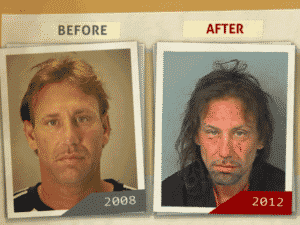
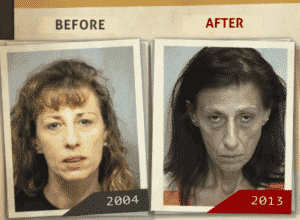
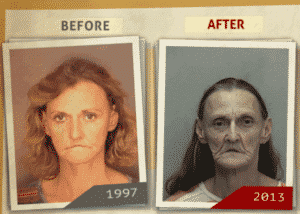
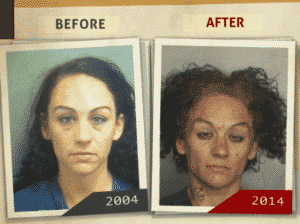

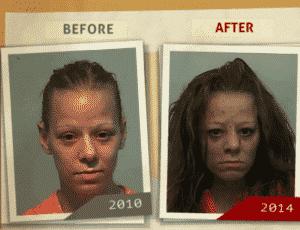
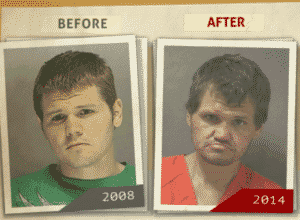
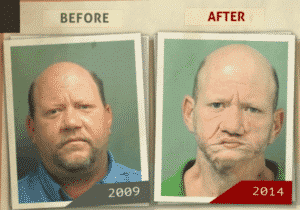
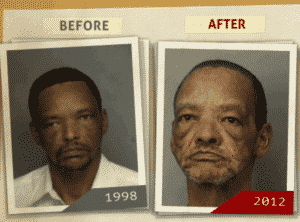
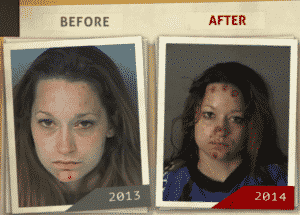
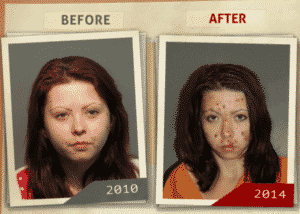
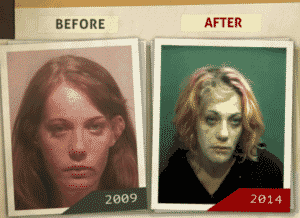
Disclaimer: Only for fair use for educational purposes and illustration. We do not own the copyright to these images.
Workplace Problems
According to the National Council on Alcoholism and Drug Dependence (NCADD), more than 70% of those abusing illicit drugs in America are employed. Approximately 1 in 11 workers in the US, nearly 10% of American workers, dealt with alcohol and substance use disorder in the previous year. Male-dominated professions and businesses, according to NCAAD, often have higher rates of alcohol-related problems than female-led ones.
A person struggling with addiction is impaired and often unable to handle the demands of the workplace. The range of previously mentioned consequences of addiction on physical, mental, and emotional states make job performance difficult to impossible. The handicaps play out in various ways in the workplace. Tardiness and absenteeism are frequent among those actively using. Job performance can be affected by inferior or shoddy work, work process and mistakes, mood-related behavioral problems that affect colleagues, poor decision making, abysmal representation of the company, mistakes that affect the company’s business, and injuries to themselves or others.
In certain industries such as aviation, transportation, pharmaceuticals, and manufacturing, lack of concentration, coordination, and attention to detail as a result of substance and alcohol misuse can be deadly to others.
A primary quality of life indicator is work that challenges and fulfills a person. The addicted individual in the workplace is robbed of the enriching, empowering, rewarding aspects of work, fraternity, camaraderie, and use and application of education, training, and experience.
Financial Insecurity
Most people suffering from alcohol or substance use disorders are in financially precarious situations. In addition to spending money they cannot afford to spend on their drug of choice, they may also have lost their source of income or financial support due to their addiction.
The addicted individual is unable to manage finances due to their cognitive decline, and may resort to unthinkable means to secure the money they need to procure drugs or alcohol. Stealing money or things to pawn or sell from family and friends is usually the first step. Some graduate to crime including theft and drug dealing to fund their habits. This often results in legal trouble that requires lawyers, bail, and other financial costs.
A person’s drug addiction also affects families without health insurance. Parents and spouses frequently get into debt and burn through their retirement and savings to get treatment for their loved ones. Many also bear the financial brunt when it comes to settling their loved ones’ debts and legal bills. The quality of life for both addicted individuals and their loved ones plummet in the face of financial insecurity.

As a person faces a full blown addiction, the domino effect of physical deterioration, loss of employment, and financial catastrophe triggers emotional and social devastation. The person is stripped of nearly everything attributed to a good quality of life. A sense of shame, guilt, weakness, and failure propel the addicted individual to detach from family, community, and society into their own circle of one, or with others similarly situated.
— and then you’re in serious trouble, very serious trouble, and you know it, finally, deadly serious trouble, because this substance you thought was your one true friend, that you gave up all for, gladly, that for so long gave you relief from the pain of Losses your love of that relief caused, your mother and lover and god and compadre, has finally removed its smily face mask to reveal centerless eyes and a ravening maw, and canines down to here, it's the Face In The Floor, the grinning root-white face of your worst nightmares, and the face is your own face in the mirror, now, it's you, the substance has devoured or replaced and become you, and the puke-,drool- and Substance-crusted t-shirt you've both worn for weeks now gets torn off and you stand there looking and in the root-white chest where your heart (given away to It) should be beating, in its exposed chest's center and center-less eyes is just a lightless hole, more teeth, and a beckoning taloned hand dangling something irresistible, and now you see you've been had , screwed royal, stripped and fucked and tossed to the side like some stuffed toy to lie for all time in the posture you land in.
You see now that It's your enemy and your worst personal nightmare and the trouble It's gotten you in is undeniable and you still can't stop. You’re on the edge of something tall and leaning way out forward...— David Foster Wallace, Infinite Jest
Assuming An Addiction Identity
Individuals grappling with addiction gradually lose, surrender, or discard aspects of themselves to assume their new social identity, influenced by their peers in addiction. They replace all that was familiar to descend into the rabbit hole of addiction. The values they once held are discarded in favor of a new set of motives, beliefs, values, and conduct. In general, addicted individuals embrace a belief in entitlement, that they are fully deserving of a drug of choice for various and multiple reasons.
Getting drunk, high, or buzzed assumes priority and is viewed as essential and worthy. Addicted individuals rationalize their use of alcohol or substances by declaring it as a source of comfort, healing, or creativity, and therefore a valid and even responsible lifestyle choice. As part of a tribe, those suffering from addiction adopt a set of beliefs to live by, specific tastes in music and fashion, risky lifestyle choices such as sexual promiscuity, and other boundary-breaking norms.
Addicted individuals hold tribal world views and are frequently judgmental about those who are not, viewing them as conformists. This worldview eases the constant acts of disappointing, hurting, or discarding people around them. The grip of addiction is so powerful that selfishness, dishonesty, recklessness, and criminality are either ignored or justified. The binding narrative of addiction creates a communal, tribal clique of individuals identifying as addicts who live by their own ethos, impervious to the norms of other social groups.

Over the course of the addiction cycle, the preliminary overtures to adapt become reflexive and natural. In addition to the loss of historical identity, an addicted person’s new social group renders him a role in a like-minded community and gives them a sense of belonging, self-worth, and consolation, as well as the feeling of being understood and accepted unconditionally.
In the vortex of addiction, when the brain and the body are under assault by the ravages of alcohol and drugs, it is impossible for the addicted individual to reflect or contemplate on their identity or belonging in a group.
The lack of love, connections, and intimacy leave a person either entirely alone or drawn to others just like them. The threat levels and dangers facing the addicted individual at this stage are immediate and dire. Nothing less than intervention and evidence-based treatment can help pull the addicted individual from the precipice of danger or death.
Recovery at New Leaf Detox & Treatment
The field of addiction medicine is racing to produce drugs that prevent or decrease the chances of relapse. While experimental drugs submit to the rigors and hurdles of clinical trials, discoveries, longitudinal studies, and approval; the gold standard in current treatment offers evidence-based medical, behavioral, and social therapies.
At New Leaf Detox & Treatment, we are committed to meeting the needs of our patients with the most advanced best practices in addiction medicine and treatment and evidence-based standards of care, while always mindful of each client’s individual needs.
After the extensive patient-provider engagement, careful screening, and medical and psychological evaluation, our clinician’s design individualized plans to meet each patient’s specific needs. The plans are comprehensive in scope using a variety of treatment modalities from our cornucopia of specialized care plans that include Medication Assisted Treatment.
New Leaf’s Medication Assisted Treatment plans for best client outcomes to feature three of the four FDA Approved MAT drugs: Buprenorphine, its extended-release injection Sublocade, and Naltrexone. These three MAT regimens and protocols have high success rates for clients when complemented with counseling and psychosocial support.

The patient begins cognitive-behavioral treatment with an individual therapist as well as in groups with a counselor to address the whole host of issues afflicting the patient, including anxiety disorders. Psychotherapy plans and specific treatment modalities tailored for the patient include individual counseling, group counseling, anxiety-focused therapy groups, and process groups and activities.
The primary clinician and individual therapist and group counselor work in concert to treat the patient by resolving the underlying issues that led to addiction, followed by a variety of custom treatments that fortify the patient, clinical assessments throughout the process, and a considered discharge plan. Peer support, onsite medical assistance, family involvement, and post-treatment follow up support are part of New Leaf’s standard of care.
Sources
- The Case for Considering Quality of Life in Addiction Research and Clinical Practice (July 2011). National Library of Medicine.
- ‘Relapsing Left and Right’: Trying to Overcome Addiction in a Pandemic (2021, January 4). The New York Times.
- Many correlates of poor quality of life among substance users entering treatment are not addiction-specific (2016, Mar 3). National Library of Medicine.
- Physical and Psychological Effects of Substance Use.
- Economic consequences of drug abuse (2021, August 25). International Narcotics Control Board.
- The Cost of Addiction on Families (2012, June 19). Forbes.
- How Drugs Hurt Your Family (2020, Sep. 31). Just Think Twice.
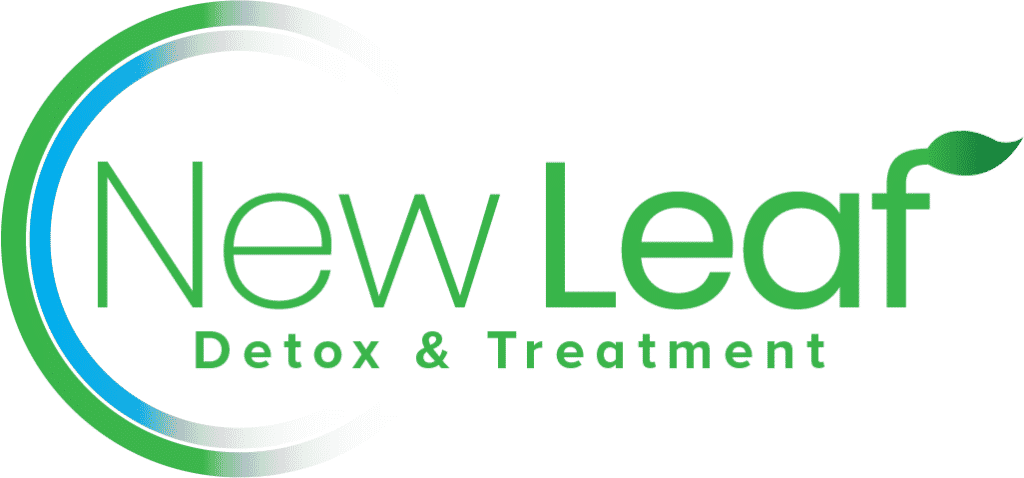
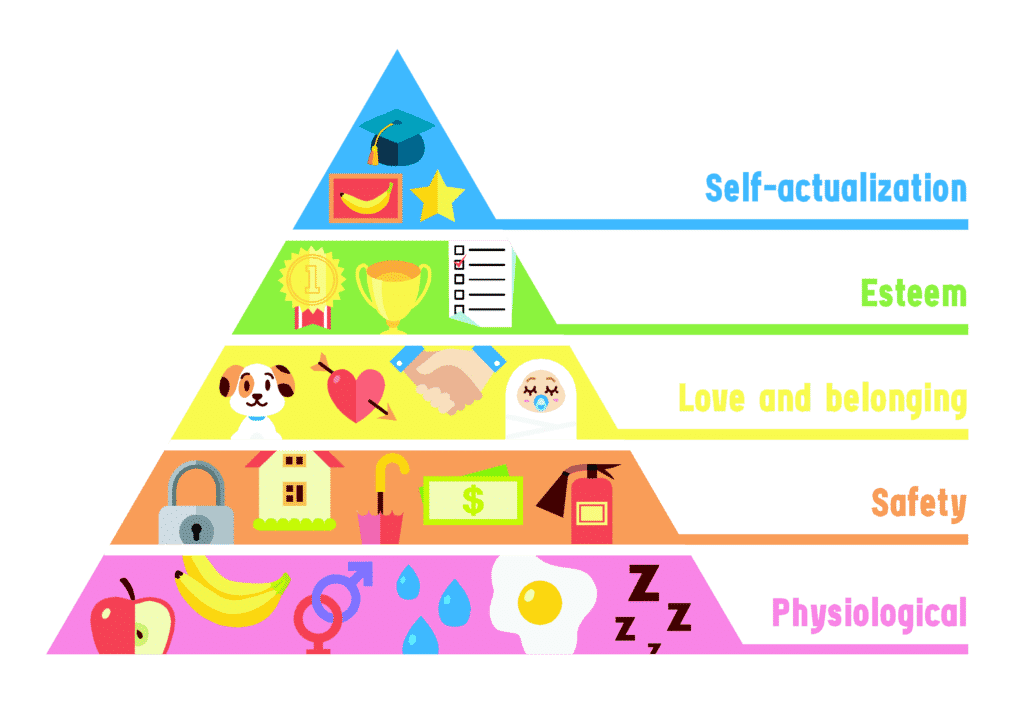
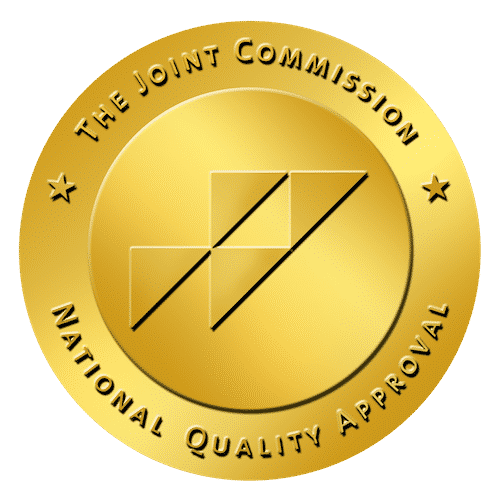
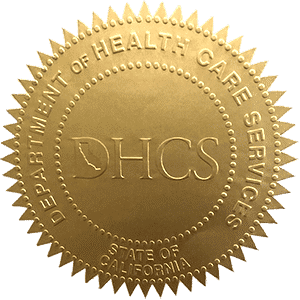
Social and Emotional Isolation